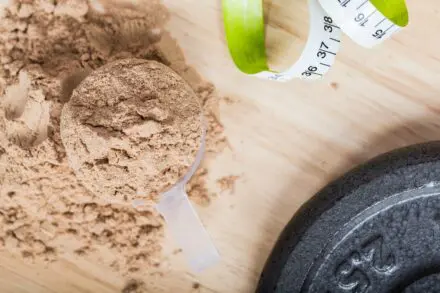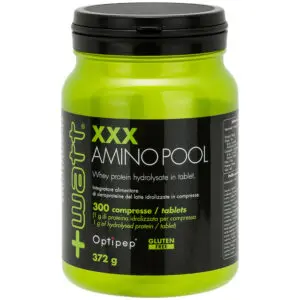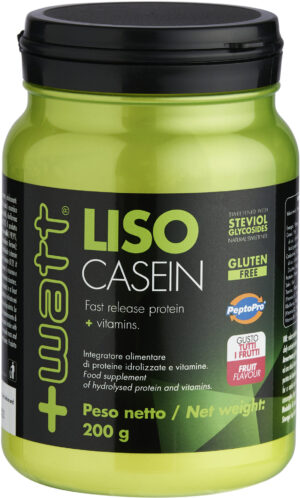Hydrolysed proteins
Hydrolysis is a process through which proteins are broken into small molecules, that is, peptides, tripeptides and oligopeptides, emulating the result of the digestive action that our body performs on gastrointestinal proteins. This is possible through the action of some proteolytic enzymes, that is, particular proteins capable of breaking the bonds of other proteins and hence break them down into smaller pieces. The peptides thus obtained always maintain the same amino acid profile as the protein from which they were obtained. However, being ‘partially digested’, the amount of time hydrolysed proteins stay in the stomach for is much shorter and they can therefore rapidly reach the small intestine where dipeptides and tripeptides in them can be absorbed into the bloodstream very quickly, even more than single amino acids (Adibi & Morse, J Clin Invest, 1971)! By taking advantage of these mechanisms, taking hydrolysed proteins supplements can significantly increase the amount of amino acids in the bloodstream after half an hour.
The athlete can take advantage of these features and plan a precise product intake strategy in relation to the muscle demand before, during and after the physical activity. In fact, hydrolysed proteins allow our body to absorb them virtually instantaneously, thus making the most of the so-called “Anabolic Window“, that time that opens after exercise, during which nutrients are more effectively assimilated and in which muscle protein synthesis is at its peak, also due to the physiological release of anabolic hormones (eg insulin). Finally, it should be remembered that some bioactive active peptides are released from antioxidant powers during enzymatic hydrolysis of whey protein (Mann et al., JFST, 2015). This adds a beneficial property to the hydrolysed whey protein which is useful for athletes, in which increased oxygen demand [10 to 20 times greater than the sedentary subject (Brooks & Fahey, Exercise Physiology, 1984)] also results in an increased production of free radicals of oxygen (ROS), which, if not properly defused, damage the muscle tissue.
+Watt Advice
Recommended use: take 3 measuring cups (30 g) in 80-100 ml of water or skimmed milk.




